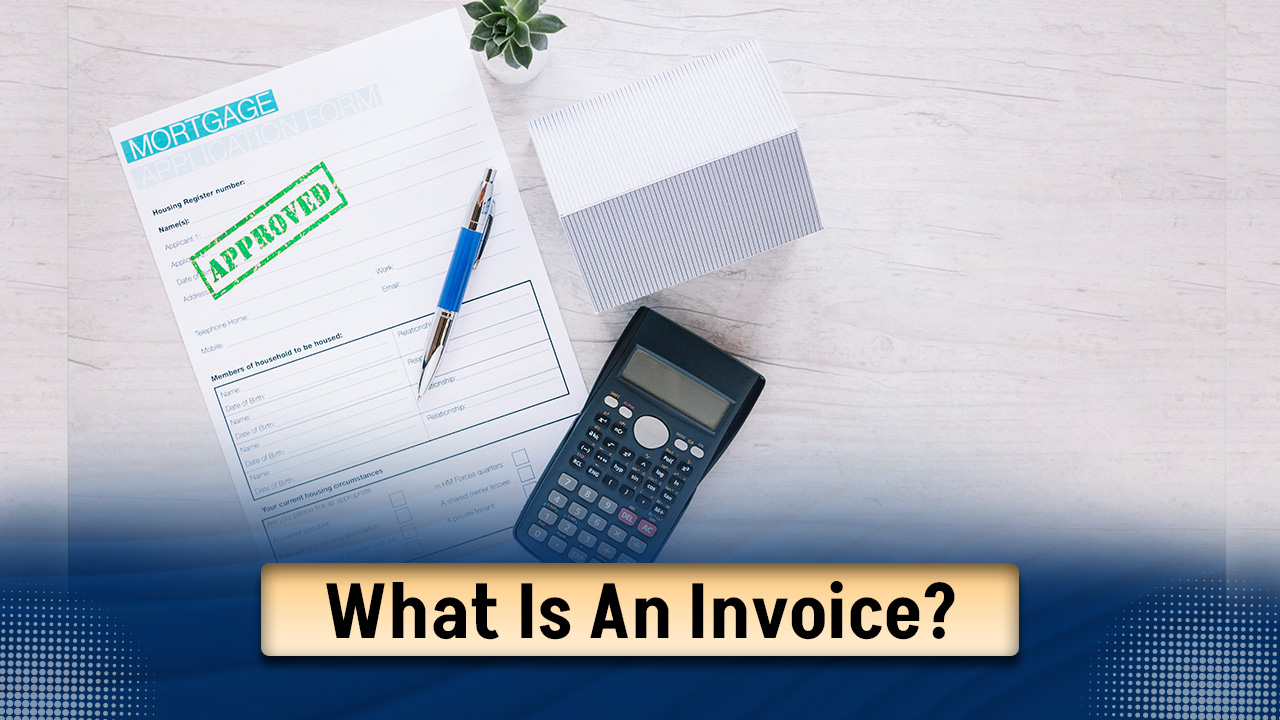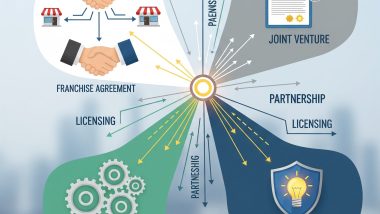Invoices are an integral part of financial transactions, serving as both a request for payment and a record of a sale.
Understanding invoices is crucial for personal finance management, business operations, and effective bookkeeping.
This article discusses in depth what an invoice is, its purpose, types, key elements, and some practical tips, drawing on information from some of the best books on the subject.
Origin of ‘Invoice’ Word
The word "invoice" has its origins in the Middle French word "envois," which means "a dispatch" or "sending." This term comes from the verb "envoyer," meaning "to send." The term's evolution reflects its function in commercial transactions, where it signifies sending a bill or a payment request.
In detail:
- Middle French Influence: In the 15th century, the term "envois" was used in Middle French. The term was associated with the dispatching of goods or documents.
- Transition to English: The word evolved into "invoice" in English, maintaining its core meaning related to sending or dispatching.
- Commercial Context: As trade and commerce expanded, the term "invoice" became specifically associated with the dispatch of bills or detailed statements of goods sent by a seller to a buyer, requesting payment.
Thus, the word "invoice" essentially retains the sense of sending or dispatching a document, now specifically related to billing and financial transactions.
What is an Invoice?
Invoice Meaning- An invoice is a commercial document issued by a seller to a buyer, detailing the goods or services provided and the amount due for payment.
It is a formal payment request and serves as an important record in accounting practices.
Invoices are used in a variety of transactions, from retail purchases to complex business services.
Purpose of an Invoice
Invoices serve multiple purposes:
- Request for Payment: The primary purpose is to inform the buyer of the amount due for the goods or services rendered.
- Record Keeping: Invoices provide a detailed account of transactions, helping businesses and individuals maintain accurate financial records.
- Legal Documentation: They serve as legal evidence of the transaction, which can be crucial in resolving disputes or during audits.
- Taxation: Invoices are essential for calculating taxes owed and for claiming deductions or credits.
Types of Invoices
According to "Bookkeeping All-in-One For Dummies" and "Accounting Made Simple," there are several types of invoices, each serving different purposes:
- Standard Invoice: The most common type, detailing the sale of goods or services.
- Pro Forma Invoice: A preliminary bill of sale sent to buyers before goods or services are delivered.
- Recurring Invoice: Used for ongoing services, such as subscriptions or membership fees.
- Credit Invoice: Issued when a refund or credit is given to the buyer.
- Debit Invoice: Issued to increase the amount a buyer owes, often due to underbilling.
- Mixed Invoice: Combines both debit and credit transactions.
Key Elements of an Invoice
Effective invoices should include specific elements to ensure clarity and compliance with accounting standards, as outlined in "Bookkeeping for Dummies" and "QuickBooks 2021 For Dummies":
- Header: Should clearly state "Invoice" to distinguish it from other documents.
- Invoice Number: A unique identifier for tracking and reference.
- Date: The date the invoice is issued.
- Seller’s Information: Including name, address, contact details, and sometimes tax identification numbers.
- Buyer’s Information: Including name, address, and contact details.
- Description of Goods/Services: Detailed list of items or services provided, including quantities and prices.
- Total Amount Due: The total payable amount, including any taxes and discounts.
- Payment Terms: Terms and conditions, including the due date and acceptable payment methods.
- Payment Instructions: Information on how and where to make the payment.
- Additional Notes: Any other relevant information, such as thank you notes or legal disclaimers.
Tips for Effective Invoicing
Drawing from the insights of "Financial Accounting for Dummies" and "Small Business Accounting: Teach Yourself," here are some practical tips for effective invoicing:
- Be Prompt: Send invoices as soon as goods or services are delivered to ensure timely payment.
- Clear and Concise: Ensure all information is clear and easy to understand to avoid confusion and disputes.
- Consistent Format: Use a consistent format for all invoices to maintain professionalism and ease of tracking.
- Automate: Use accounting software like QuickBooks to automate the invoicing process, reducing errors and saving time.
- Follow-Up: Have a system to follow up on unpaid invoices to ensure timely payment.
- Detailed Descriptions: Provide detailed descriptions of goods and services to avoid misunderstandings.
- Keep Records: Maintain organised records of all invoices sent and received for reference and audit purposes.
In short, Invoices are more than just payment requests; they are vital documents that help manage financial transactions, maintain records, and ensure legal compliance. By understanding their purpose, types, key elements, and best practices for issuing them, individuals and businesses can streamline their financial processes and avoid common pitfalls. For a deeper dive into the intricacies of invoicing and related financial practices, the books as mentioned earlier provide comprehensive guidance and practical insights.




















